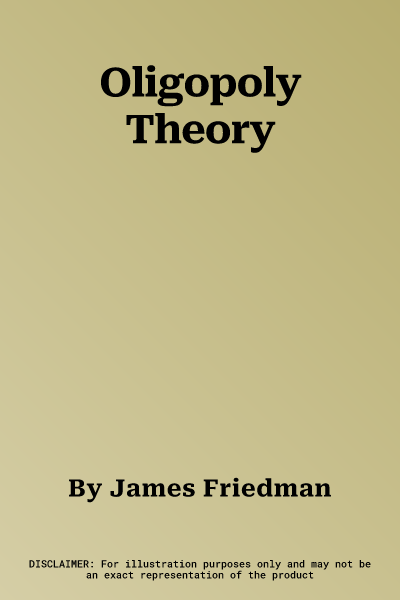James Friedman
(Author)Oligopoly TheoryHardcover, 30 September 1983

Temporarily out of stock
Free Delivery
Cash on Delivery
15 Days
Free Returns
Secure Checkout

Part of Series
Cambridge Surveys of Economic Literature
Part of Series
Cambridge Studies in Russian Literature
Print Length
272 pages
Language
English
Publisher
Cambridge University Press
Date Published
30 Sep 1983
ISBN-10
0521238277
ISBN-13
9780521238274
Description
Product Details
Author:
Book Format:
Hardcover
Date Published:
30 September 1983
ISBN-10:
0521238277
ISBN-13:
9780521238274
Language:
English
Location:
New York
Pages:
272
Publisher: